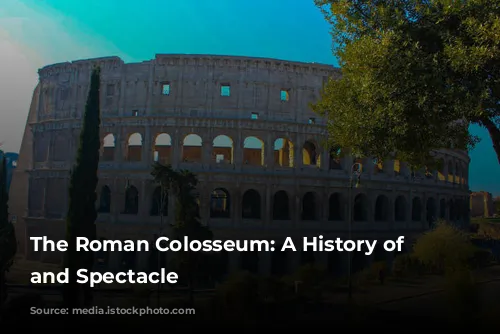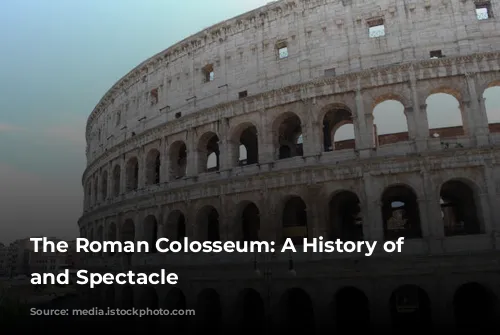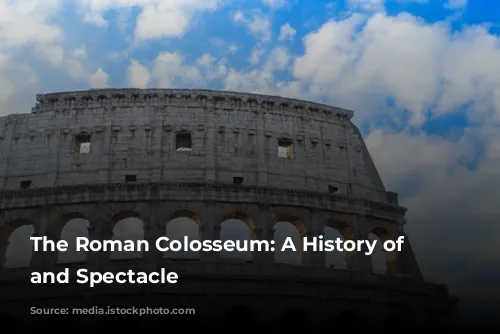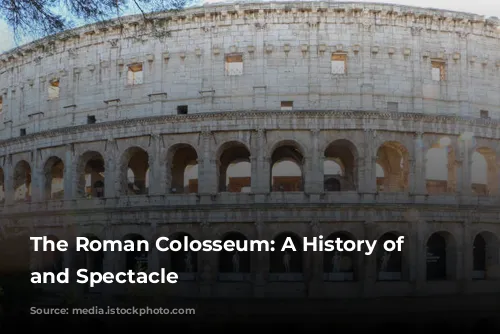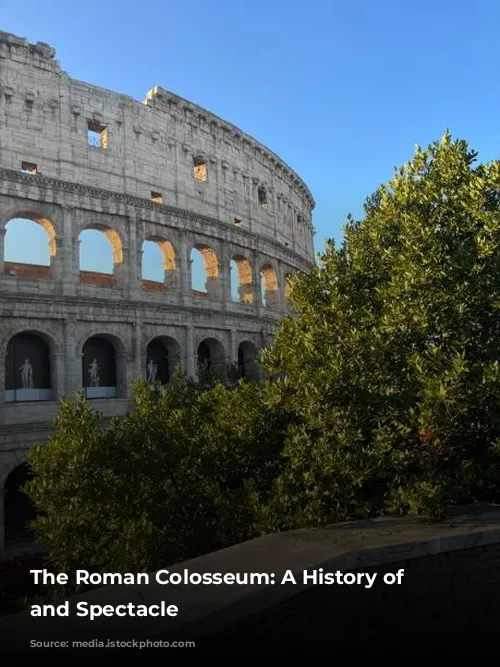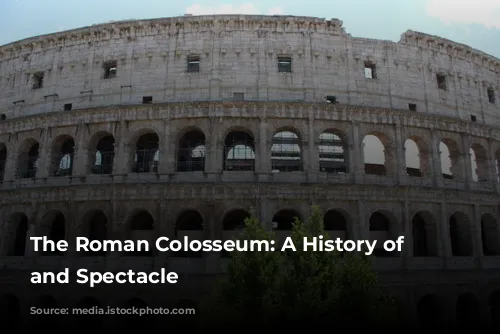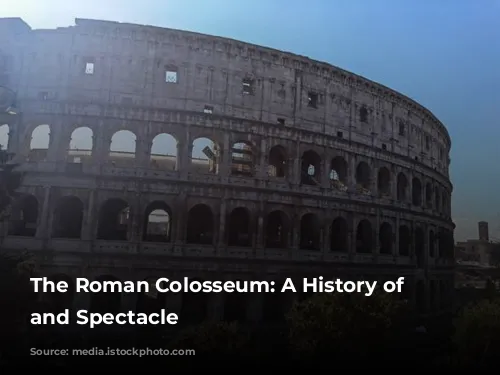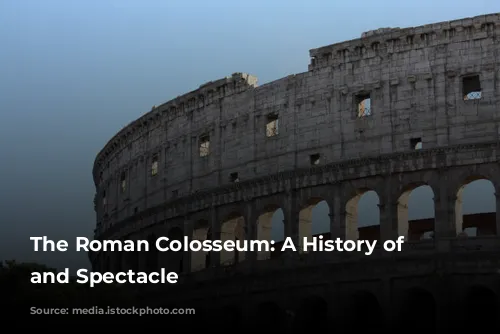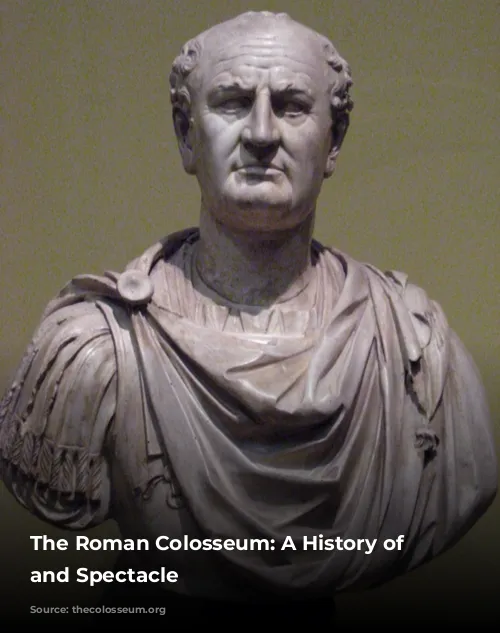The Roman Colosseum is a monument to a bygone era, a time when gladiatorial combat and wild animal hunts captivated vast audiences. Standing as a testament to the grandeur and brutality of the Roman Empire, the Colosseum is an icon of history that continues to fascinate and intrigue.
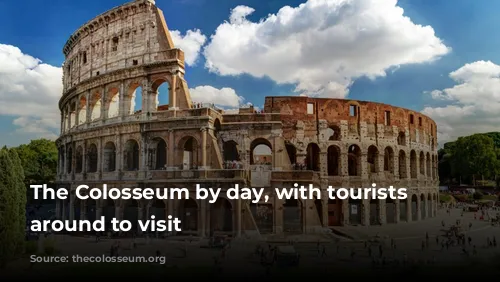
Construction & Purpose
Construction of the Colosseum commenced in 72 AD under Emperor Vespasian and was completed a mere eight years later, in 80 AD. The immense structure was a testament to Roman engineering prowess, with Jewish slaves providing the bulk of the labor under the supervision of skilled Roman engineers and craftsmen.
The Colosseum was built as a grand amphitheater, a place where the citizens of Rome could gather for entertainment. It was envisioned as a symbol of power and grandeur, replacing the Domus Aurea, Nero’s opulent palace that had been torn down following his deposition.
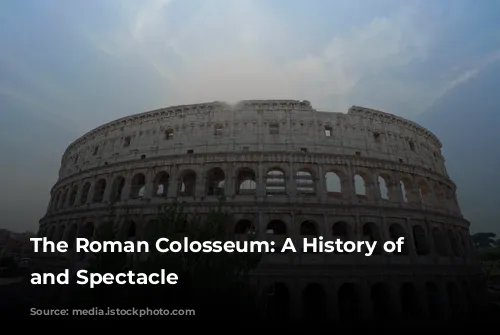
Scale & Design
The Colosseum is a massive oval structure spanning 189 meters in length, 156 meters in width, and reaching a height of 48.5 meters. This colossal building, with its three tiers of arches adorned with Doric, Ionic, and Corinthian columns, provided seating for an estimated 50,000 to 80,000 spectators.
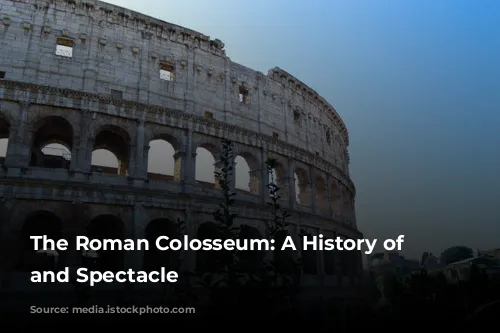
The Colosseum’s Dark Underbelly
Beneath the Colosseum’s majestic exterior lay a network of tunnels and chambers known as the Hypogeum. This subterranean labyrinth served as a holding area for gladiators, animals, and prisoners, who were kept in anticipation of their fate in the arena.
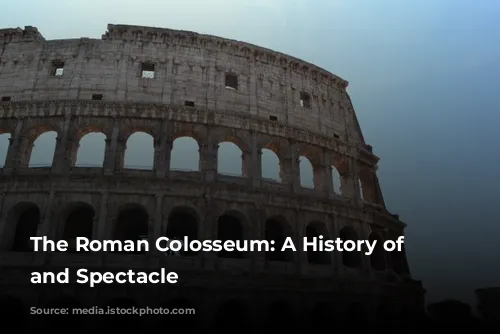
Spectacles of Blood and Death
The Colosseum was a stage for a variety of spectacles, most notably gladiator battles. These brutal contests, while not always ending in death, were certainly violent. The Colosseum also hosted hunts featuring wild animals, executions, and even staged naval battles achieved by flooding the arena.
It is impossible to know the precise number of lives lost within the Colosseum, but it is estimated that hundreds of thousands, including gladiators, slaves, convicts, and prisoners, perished over the centuries during which it was used for these gruesome spectacles.
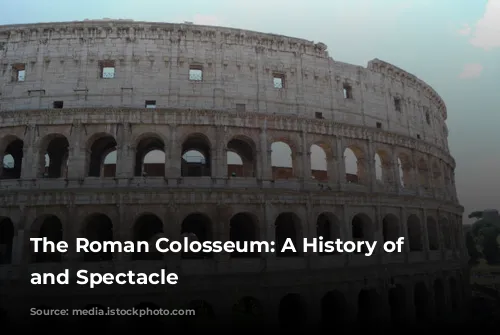
The Colosseum’s Legacy
The Colosseum is a reminder of a time when entertainment was often synonymous with violence and spectacle. While we may find the practices of the Roman era barbaric, they offer a window into the past, allowing us to understand the values and beliefs of a society long gone. Today, the Colosseum is a UNESCO World Heritage Site and one of the most popular tourist attractions in the world, attracting millions of visitors each year.
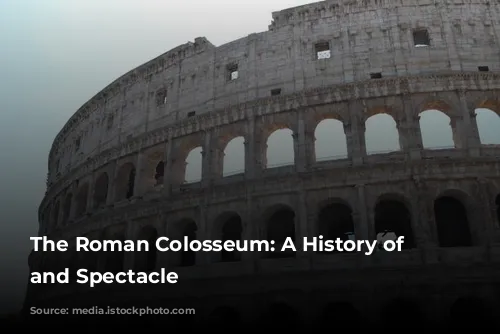
From Arena to Tourist Destination
Over the centuries, the Colosseum has witnessed a variety of uses, from housing and workshops to a cemetery and a fortified castle. Today, it stands as a testament to Roman engineering, a reminder of the past, and a beacon for tourism. The Colosseum’s rich history continues to captivate and inspire, offering a glimpse into the complex and often brutal world of the Roman Empire.
